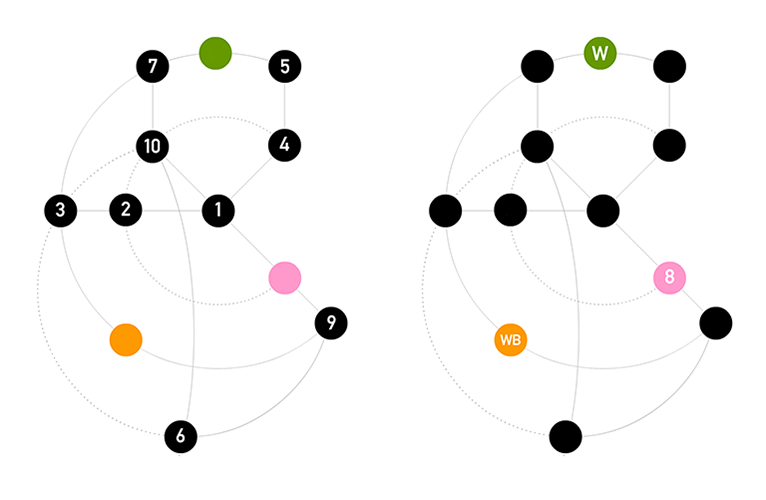Telescopes are now discovering Earth-size planets throughout the galaxy, but an astronomer at Berkeley explains why that doesn’t mean they are habitable.
There’s never been a more exciting time to be an astronomer. Our knowledge of planets around other stars is growing at a breathtaking pace. Only 20 years ago, we knew of only the nine familiar planets in our own solar system. We lacked a single example of a planet orbiting a star other than the sun. Since that time, we have discovered nearly 5,000 extrasolar planets.
Most of these planets were revealed by NASA’s Kepler Space Telescope in the past five years. Kepler is the most prolific planet-finding machine ever built. It can detect small, periodic dips in stellar brightness when a planet transits the face of its host star. We learn the planet’s size from the amount of blocked starlight, and we can convert the time between the dimmings into an orbital distance. (Year-long orbits correspond to Earth-like orbital distances.) We’ve found that most stars have at least one planet—planets are the rule, not the exception. Most planets are small, Earth-size or slightly larger. One in five stars, like the sun, has an Earth-size planet that enjoys a similar amount of starlight as the Earth, amounting to some 40 billion such planets in our own galaxy alone.
A few of my favorites are Kepler 62e and Kepler 186f (names perhaps only an astronomer could love). They are Earth-size planets orbiting their suns at roughly the same distance as the Earth. Their discoveries answer ancient questions. For thousands of years, humans have looked up at the night sky and wondered if, out there, there could be other planets like Earth. The notion that there might be a “plurality of worlds” was considered and debated by some of the giants of ancient Greek philosophy: Anaximander, Democritus, Plato, and Aristotle. As an astronomer, it’s a privilege to work on a question that Aristotle would have appreciated. Now, for the first time in human history, we know for certain that there are other Earth-size planets on Earth-like orbits.
That said, it is important for us as scientists to be honest with ourselves and with the public about where the empirical evidence stops and where the speculation begins. When Kepler 62e and Kepler 186f were discovered, headlines declared these worlds “habitable” or that they resided in the “habitable zone.” The popular press carried stunning artist’s impressions of these planets, showing the soft veneer of an atmosphere and liquid water oceans. But all Kepler tells us is a planet’s size and orbital period. We don’t know if these planets have atmospheres or liquid water oceans, or whether they are habitable or inhabited. Calling a planet habitable based on its size and orbital distance is reaching farther than the observations allow. Yet it’s done all the time in the popular press and in professional astronomical discussions. Some have even gone as far as to define an “Earth Similarity Index,” as if the only defining characteristic of Earth is its size and distance from the sun.
The qualities of a planet that make it suitable for life remain a mystery. The origin of life on Earth is a major open question. Liquid water is often given as a key ingredient, but other factors are likely important. For example, the fact that the Earth has a large moon is unique among the inner solar system planets. Our moon raises strong tides on the Earth and steadies the Earth’s spin axis, which could stabilize the Earth’s climate over million-year timescales. Was the Moon critical in the origin of life on Earth? We don’t know for sure.
The presence of other planets could also be important in the story of life on Earth. In July 1994, comet Shoemaker-Levy 9 struck Jupiter with a punch equivalent to several hundred times the world’s current nuclear arsenal. If not for the presence of Jupiter, the rate of impacts on Earths like the one that wiped out the dinosaurs 65 million years ago would be more frequent. Do we owe our existence in part to our big brother, Jupiter? There is a real possibility that life on Earth is due to long series of fortunate events that all happened in the right order. Perhaps life on other worlds is exceedingly rare.
On the other hand, there may be a great variety of environments that can give rise to complex, self-replicating molecules. One of the most promising sites for life in our own solar system is on Europa, one of the four big moons of Jupiter. Europa has a thick layer of ice that may be covering a subsurface ocean. Europa is warmed not by the Sun, but by tidal forces with Jupiter that flex it like silly putty. If I could travel anywhere in the solar system, I would go to Europa. I hope that one day, we will send our probes and our explorers to Europa and search for signs of life beneath its icy surface.
Kepler has given many gifts to humanity, but we should be careful throwing around words like “habitable” when talking about worlds 1,000 light years away, about which we only know sizes and orbits. It’s not my intention to put a damper on things, or to take the wonder and imagination out of astronomy. Science requires both imagination and creativity, but also analytical thought and respect for observational evidence. And after only 20 years of exoplanet discoveries, the observational evidence is rich, beautiful, and stands on its own. We don’t know the odds that life will arise on other worlds, but we’ve got a few tens of billions of rolls of the cosmological dice.
